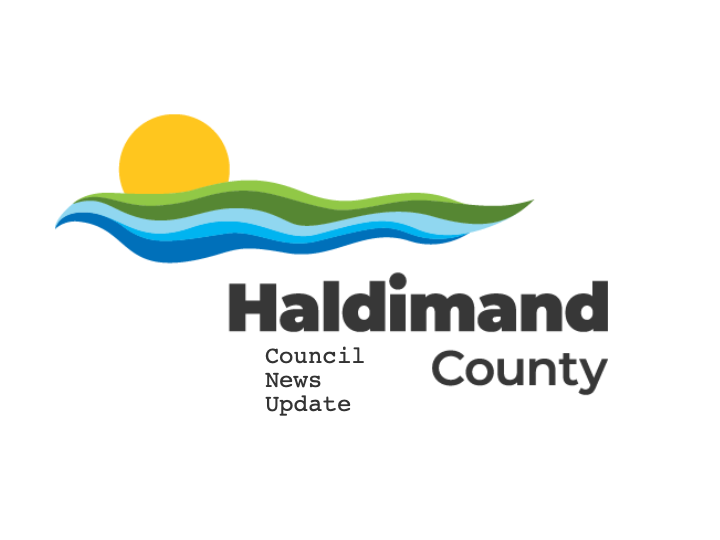
By Mike Renzella
The Haldimand Press
Manager of Paramedic Services says ambulance availability ”is becoming an issue” in Haldimand County.
HALDIMAND—Haldimand County Paramedic Services have released the results of the 2021 Ambulance Response Time performance review, highlighting a few key areas where local emergency staff were not able to meet their targets over the span of the year.
“In regard to response times set out by Haldimand County Paramedic Services, staff met the targets in three of the six categories,” said Manager of Paramedic Services and Fire Chief Jason Gallagher in a letter addressed to Council.
The three areas where staff missed the mark were the Sudden Cardiac Arrest target, and two levels of the Canadian Triage Acuity Scale.
The Sudden Cardiac Arrest target refers to the amount of time it takes for a defibrillator to be at the side of a patient. The target time for Haldimand was set at six minutes from call to service, 40% of the time. County staff were only able to reach that target 33.33% of the time across 2021.
According to Gallagher, there are a number of reasons why: “Firstly, this target encompasses all defibrillators, including any public access and/or fire departments, which is why this benchmark can be missed periodically. More specifically, if the 911 call is in our rural areas, the response time for the ambulance or fire department will be greater, which will affect this target and result in it being skewed. To put things in relative terms, Haldimand County Paramedic Services missed this benchmark by three calls over the course of the year, which is what resulted in less than 40%.”
He said COVID requirements also attributed to some service delays, with ambulance staff required to disinfect the vehicle following sudden cardiac arrest calls, adding at least 20 minutes to service calls: “The next closest ambulance is always sent immediately, but there is an obvious delay due to the increased travel time.”
The Canadian Triage Acuity Scale (CTAS) is a multi-level series of targets related to a variety of emergency situations.
CTAS Level 1 targets, set by the Medical Officer of Health (MOH), relate to patients who are severely ill or require resuscitation (i.e. major trauma, choking). The local target is for paramedics to be on the scene within eight minutes 50% of the time. Haldimand staff just missed the mark this year, landing at a compliance rate of 46.888%, having missed the target just twice over the course of 2021.
CTAS Level 3 targets are set by Haldimand County, and relate to patients needing urgent but not necessarily emergency care, for example, patients experiencing an asthma reaction.
The target for this category is 17 minutes, 90% of the time. In this category, Haldimand staff managed a compliance rate of 85.67%, missing the target time on a total of 70 calls over 2021.
“The inability to meet the performance plan can be attributed to increased travel times, limitations in the availability of County ambulances, COVID-19 delays due to unavailability of resources (i.e. ambulances, paramedics or equipment being out of service for disinfection). Also, it is important to note that the periodic road closures in and around the Caledonia area also had an impact as it relates to the increase in response times,” explained Gallagher. “Through investigation there was no delays for Sudden Cardiac Arrest calls because of the Caledonia closures, but the delays would affect the CTAS I and III calls, which is evident by the number of calls missed, especially in the CTAS III category.”
He continued, “Other delays that contribute to availability of ambulances are off load delays, other assignments, and necessitating coverage from outside agencies. Availability for ambulances is an increasing concern for Haldimand County.”
Ambulances in Ontario are part of a seamless system, meaning when there are zero local ambulances available, they can be provided from neighbouring municipalities.
“This occurred 121 times in 2021, 57 of them occurring at night,” said Gallagher of times Haldimand ambulances were called to neighbouring areas. “In 2021, Haldimand County Paramedic staff noticed a minimal call volume increase and the availability of ambulances is becoming an issue as multiple calls are being dispatched simultaneously, which affects our ability to respond.”
In 2021, neighbouring municipalities completed 549 emergency calls in Haldimand as County resources were not available. This represents an increase of 126 calls from the previous year.
“Also, ambulances are still being utilized for transfer services into the urban centres to get patients to specialized health care. This affects our resources, and often the ambulances are used to respond to emergencies in the urban centres due to Ontario’s ‘Seamless System’ model currently in place.”
Gallagher said staff are tracking this data to ensure they are providing the most effective deployment plan, which has been updated, to assist with response times: “However, this is only an interim solution. Data is showing that call volumes – specifically at night – have increased by 66% since 2008, which is affecting our response times as well as resources available to provide adequate service…. It is also important to know that night resources in Haldimand County have not been increased since the County took over the responsibility of Paramedic Services back in 2001.”
Gallagher said that any additional staffing resource requirements are currently on hold due to “uncertainty associated with Provincial directions that may change how paramedic services are provided,” adding that the service requirements are reaching the point where the County may have to prioritize adding resources despite the Provincial process.





